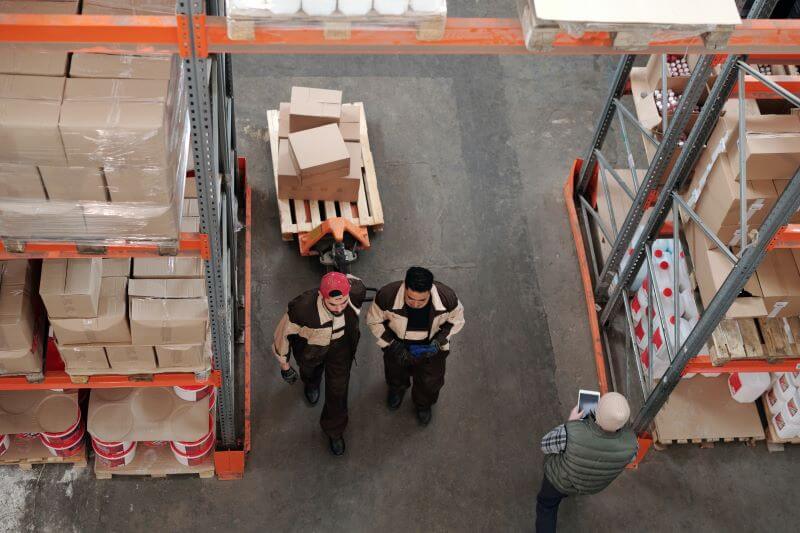If you don't know the first thing about last mile delivery, remember this — it's of foremost importance in today's logistics climate. Contrary to its name, "last mile" does not necessarily refer to a unit of distance equivalent to 1,760 yards or 5,280 feet. Instead, it's the term for the final leg of a shipment's journey from a distribution center to wherever it's being delivered. Whether that place is located on a dirt road in a remote rural area or within a bustling urban center, the last mile is widely regarded as the trickiest part of the logistics equation — and consequently the most expensive, responsible for 28 to 53 percent of a shipment's total cost.
Last mile logistics in high demand
No one likes to wait, and they'll pay a premium to avoid it. A 2016 study by McKinsey & Company revealed that 30 percent of consumers were willing to pony up some extra bucks for a timelier delivery — with nearly a quarter of them indicating a preference for same-day delivery, in which last mile logistics strategy is even more critical.
This growth has since begun to translate to the B2B side of shipping as well. Due to larger load sizes that may include heavy freight, ongoing contracts, and the liabilities involved, the difficulty of last mile deliveries is even higher in this sector. In many cases, supply chain operations have countered with smaller warehousing and distribution facilities (hubs) nearer to customers, allowing smaller order sizes, and using crowdsourcing and sharing platforms that cut out the middleman and expedite the process.
Last mile delivery challenges
Naturally, with profitability comes competition, in terms of both methodologies and pricing. As you might expect, there are several challenges involved with doing things both better and cheaper than "the other guy," especially if you're a startup going against a juggernaut like Amazon, who is continuously honing their fulfillment strategies and has the boundless resources to do so. Some of the biggest hurdles with last mile delivery include:
- Traffic patterns in urban areas (congestion, one-way streets, etc.)
- Parking regulations (can the delivery be safely, easily, and legally unloaded at the destination?)
- The clumsiness of larger products which must often be transported in pieces or parts — some last mile logistics companies offer assembly and installation on-site
- Capacity overload — not enough drivers and/or vehicles to handle the volume.
Last mile delivery solutions
All these final mile logistics challenges have been countered with a host of innovative solutions, making the most of cutting edge technologies. Some of the workarounds that have been explored are:
- Delivery lockers at a centralized dropoff location. Rather than distributing to individual consumers and several addresses within a locality, consumers find their orders awaiting them in a delivery locker for pickup at that location.
- Drones and robots to reach crowded or remote delivery areas and/or bypass traffic (why sit through a traffic jam when you can fly over it?)
- Route optimization technologies, usually software-based, that automate the process of finding the shortest routes with the least amount of resistance
- Incentives and perks for last mile drivers to boost capacity
Where do 3PLs fit into this?
Even as "Uber-like" apps such as Onfleet, OneRail, Bringg, and Locus enter the market to connect shippers directly with delivery services on-demand, third party logistics providers (3PLs) can still play a vital role in this brave new world. It's a juggling act, and that requires a trained focus, sharp reflexes, and many, many arms. National Logistics Network has branched out all over North America to build partnerships with carriers large and small to keep up with the rapid pace of last mile deliveries. Our modern transport management system assures we find the best solution for your evolving, last-minute needs.
